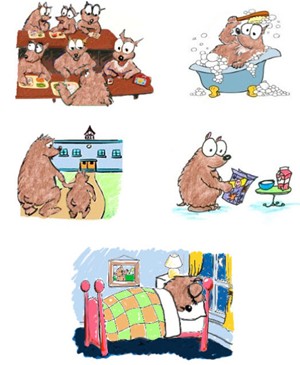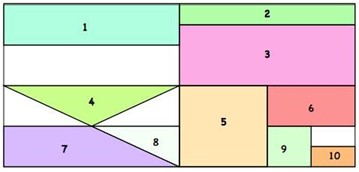Mathematics at Vermont Primary School
At Vermont Primary School, we are committed to delivering a robust, inclusive, and dynamic Mathematics curriculum that ensures all students develop a strong understanding of mathematical concepts and the ability to apply them confidently in everyday life, further study, and the workforce. Grounded in the Victorian Curriculum, our Mathematics program is structured around six content strands—Number, Algebra, Measurement, Geometry, Statistics and Probability—and four proficiency strands—Understanding, Fluency, Problem Solving, and Reasoning. These elements work in tandem to describe both what students learn and how they engage with mathematical concepts, helping them to become effective, independent learners.
Mathematics is taught as a discrete and explicit component of the curriculum. The curriculum is enriched with open-ended, real-world tasks that promote critical and creative thinking. Learning experiences are designed to be engaging, authentic, and differentiated, ensuring that students’ diverse abilities and interests are catered for through a combination of whole-class instruction, targeted focus groups, and personalised learning goals.
Students use a variety of strategies—such as drawing, modelling with concrete materials, or writing number sentences—to solve problems, while technology is appropriately integrated to support learning and encourage the creation of Numeracy projects. Our approach emphasises numeracy—the ability to apply mathematical understanding in real-life contexts—rather than relying solely on rote memorisation.
Professional development for staff underpins our commitment to high-quality teaching, planning, and assessment. Teachers maintain high expectations for all learners and use a gradual release model to support the mastery of new concepts, from guided practice to independent application. Learning is further reinforced through structured revision to ensure long-term retention.
In Numeracy classrooms, students work collaboratively and independently, receive timely feedback, and are encouraged to articulate their thinking. Teachers create a supportive learning environment where students feel confident to explore, take risks, and build mathematical resilience. Our goal is to equip students with the skills, strategies, and mindset needed to investigate, interpret, and solve a wide range of mathematical challenges, preparing them to thrive in a rapidly changing world.
Refer to the Victorian Curriculum F-10 Version 2.0 - Mathematics Version 2.0
Activities to try with your families
Here are some activities for you to try with your families.
Foundation to Year 2- Times of the Day
Here are five pictures showing something happening at different times of the day.

Have a good look at each one. What do you see in the picture? What is happening? Could you describe it to someone else?
You could use these pictures in different ways. For example:
- You could put them into an order in which you think they might happen through a day.
- You could suggest what time these things happen in your day.
- You could see how many hours might pass between pairs of pictures you have chosen.
- You could draw another picture that might 'fit' between two of the pictures.
- You will have your own ideas too...
Year 3 to 6- Rectangle Tangle

The large rectangle above is divided into a series of smaller quadrilaterals and triangles. Each of the shapes is a fractional part of the large rectangle.
Can you untangle what fractional part is represented by each of the ten numbered shapes?
